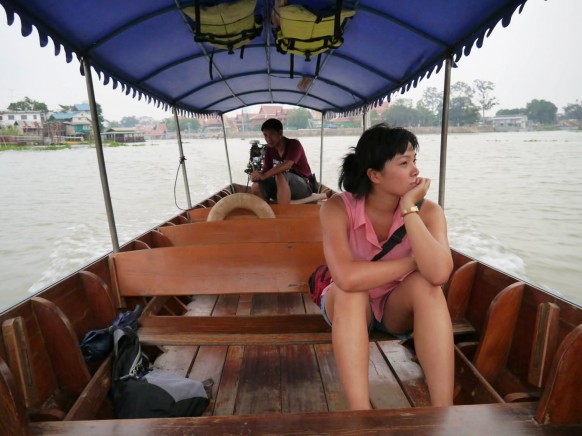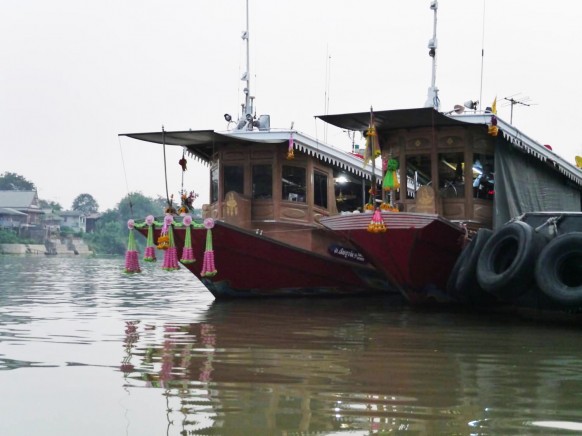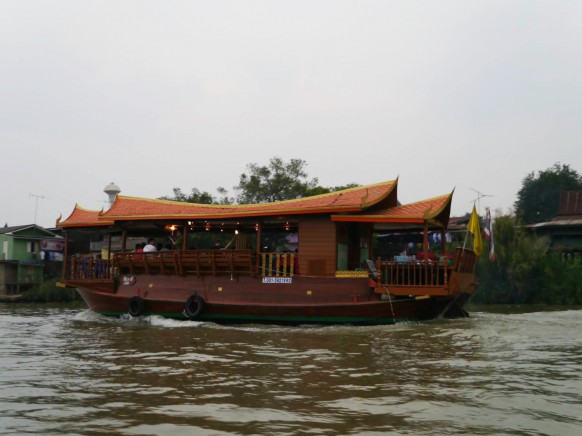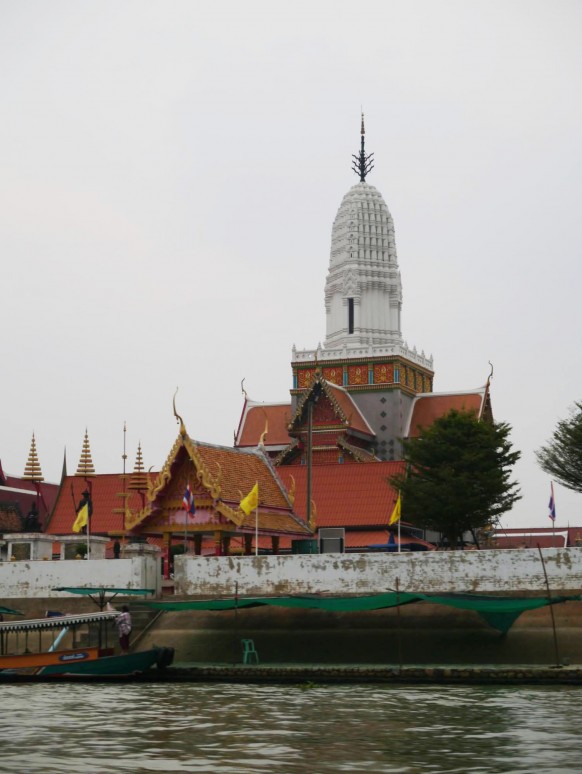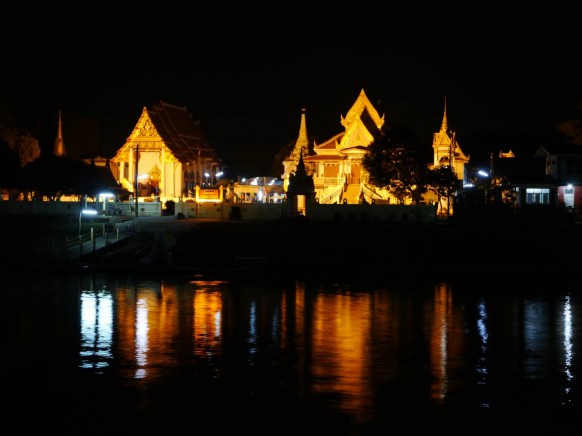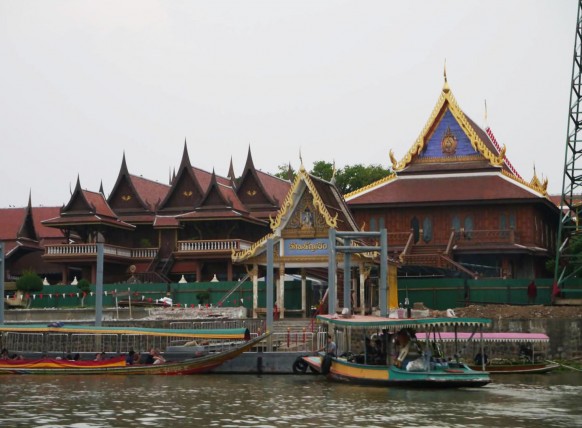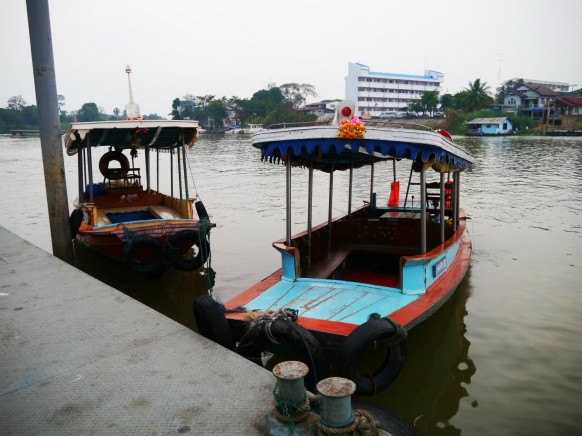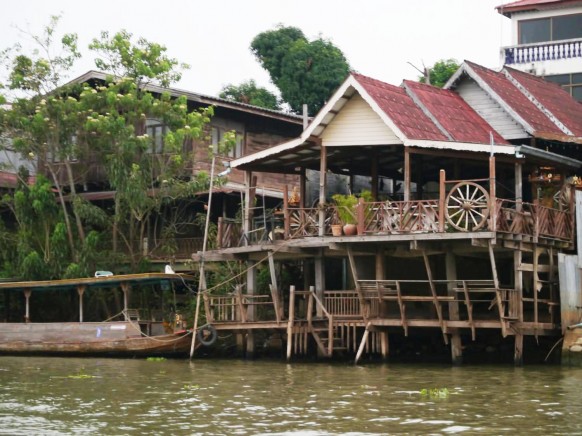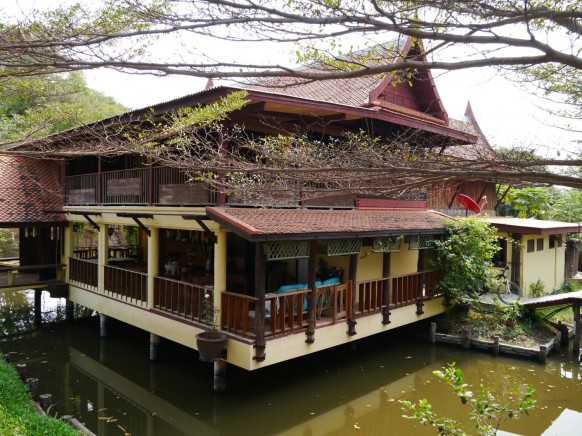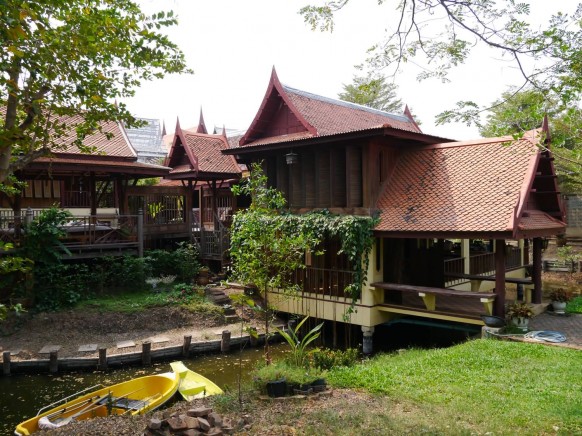Ayutthaya the City-Moat
A couple days of tranquillity and old charm was exactly what I needed to get away from the bustling streets of Bangkok. The Old capital of Ayutthaya was my oasis and a way to get away during Chinese New Year. Don’t get me wrong I love these festivities around the celebration! However you must know these festivities last for entire weeks and my hotel was right in the center of Chinatown.
Ayutthaya, the capital of Ayutthaya province in Thailand, kept its blissful countryside charm. Located in the valley of the Chao Phraya River. The city was founded in 1350 by King U Thong, who went there to escape a smallpox outbreak in Lop Buri and proclaimed it the capital of his kingdom. Ayutthaya became the second Siamese capital after Sukhothai. Its remains, characterized by the prang (reliquary towers) and gigantic monasteries, give an idea of its past splendor. In 1767, the city was destroyed by the Burmese army, resulting in the collapse of the kingdom. The Ayutthaya historical park is the ruins of the former capital of the Kingdom of Siam. The city was refounded a few kilometers to the east and it’s sometimes called “Venice of the East”.
Less than a 2 hour train from Bangkok and for less than 50 cents, I was there in he Old Capital. The ride is slow and sometimes unreliable in timing, but pleasant enough. You get a glimpse of the more impoverished side of the city. They reside in the outskirts of the city around train tracks and under bridges. Their houses made from salvaged materials; rusted corrugated aluminium sheets, cardboard adds, plastic tarps and moldy wood. They feed, clean and waste in the river. And they build and extend their properties as they see fit. The train tracks are a way of transport and business for these people. Some come on and sell beverages and food and others just hop on for a short ride.
Well-known from contemporary sources and maps, Ayutthaya was laid out according to a systematic and rigid city planning grid, consisting of roads, canals, and moats around all the principal structures. The scheme took maximum advantage of the city’s position in the midst of three rivers and had a hydraulic system for water management which was technologically extremely advanced and unique in the world. In the olden days, Ayutthaya’s main method of transport was by boat. Now roads built on reclaimed lands are more common but the main artery of the city is still kept. I would recommend you to take a river tour along that river artery as it goes around the main city of Ayutthaya. Along the way you will find restaurants cafes overlooking the water, temples, historical sites and houses perched on the water. The local boat-rides will kindly accept to let you off at the usual sites for 15- 20 minutes and wait for your return. And the prices were quite good, a 2 hr boat-ride with stops for 300 Thai Baht per person in my case.
The best part of my trip in Ayutthaya is staying on the water in a lovely Bed & Breakfast, the Luang Chumni Village. The inn made from traditional wood joints and authentic furniture was such a treat. The hosts were the most amicable people and you can easily rent bicycles for your visits. For those interested, here is the link to their website:

